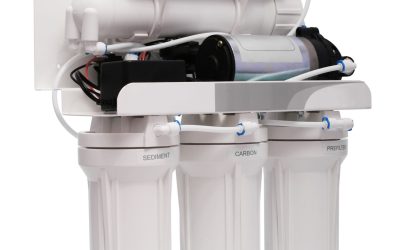How well is your well?
For households who get their water from a private or community-owned well or water tower/tank system, water quality is an essential concern. High mineral content, contamination from mining, industry, and agriculture, and biological contamination can render “pure” well water unfit to drink or use.
While many water purification methods focus on using filtration methods such as reverse osmosis or carbon filtration, neglecting UV water treatment systems allows biological contaminants such as bacteria, viruses, and cysts to enter the home water supply.
What’s in My Water?!
Not all biological water contamination is the fault of human beings. Animals both wild and domesticated can carry parasites and other diseases that contaminate water sources including runoff, bodies of water, and groundwater. There are a wide variety of contaminants that range from the naturally occurring to those entering the water system through neglect or disrepair.
- Viruses: Hepatitis A, poliomyelitis, Norovirus, adenovirus, and retrovirus are just a few of the 110 types of human enteric viruses.
- Algae: Blue-green algae or Anabaena causes diarrhea, vomiting, and nausea on exposure. It issues noxious odors and toxic chemicals.
- Bacteria: E. coli, Shigella, legionella, salmonella are just a few of the unpleasant to humans bacteria is found in untreated water.
- Cysts: Contamination with oocysts can consist of Cryptosporidium and Giardia, plus other parasites and cysts carried in the waste of humans, domestic, and wild animals.
UV water treatment systems are highly effective on biological contaminants. However, the water needs to be as clear as possible in order for UV treatment to work. For this reason, you may want to install an oxidation system, carbon filtration system, or reverse osmosis system to clarify and pretreat the water before using UV treatment as a “last mile” defense.

